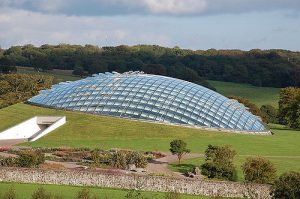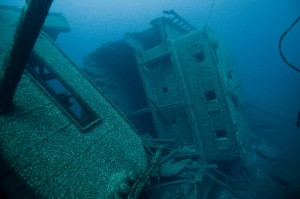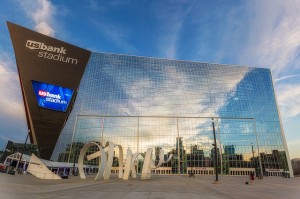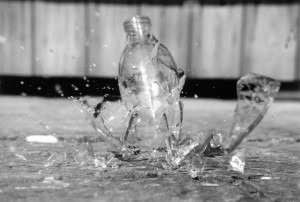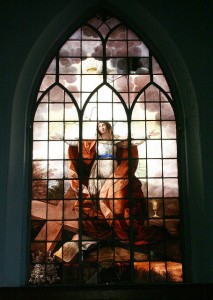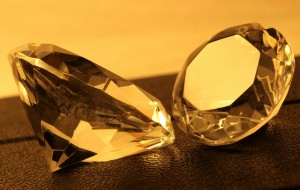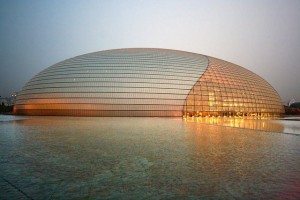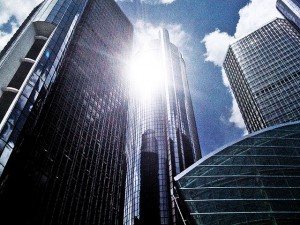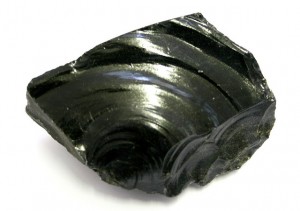Iconic Glass Structures – The Great Glasshouse
The Great Glasshouse at the National Botanic Garden of Wales is the largest single-span glasshouse in the world. The structure is about 72,000 square feet, most of which is covered by the dome. The 785 panels in the glass dome are operable, and are computer-controlled to optimize solar heat gain for the thousands of endangered plant species inside.
Glasshouse is home to endangered plants
The Great Glasshouse is home to endangered species from six regions of the world, including North America, Australia, South Africa, South America, the Mediterranean and Europe. The Garden’s collection of Mediterranean plants is the largest in the world, outside of natural growth in the Mediterranean itself.
The Great Glasshouse was designed by Foster + Partners, an architectural design firm in the UK. The Great Glasshouse is built into the hills of Carmarthenshire, Wales, and rises among them. The dome is situated on a concrete foundation that is covered by turf. Underground pathways provide access to the dome and the public areas underneath.
The dome was built to be sustainable, and is heated in the winter with a wood-burning biomass furnace. The dome also features a rainwater collection system that supplies “gray water” for irrigation and for the facility’s restrooms. The septic waste is treated onsite and returned safely to the ground.
The frame of the Great Glasshouse is tubular steel, and the panels employ an aluminum glazing system. The central arches of the dome rise perpendicular to the base, and the side arches rise on progressively steeper angles to create the dome’s elliptical shape.
The Great Glasshouse is open year round. The climate inside the dome is controlled to match the natural environment of the plants inside. All of the plants inside the dome share similar environmental needs, but are grouped in sections, according to their places of origin.
The Great Glasshouse is one example of the power of glass in construction. If you’re looking for some glass inspiration, please visit the rest of our site. If you’d like to purchase Glassprimer™ glass paint, please visit our online store .
Photo Credit: Charles Stirton , via Flickr.com

